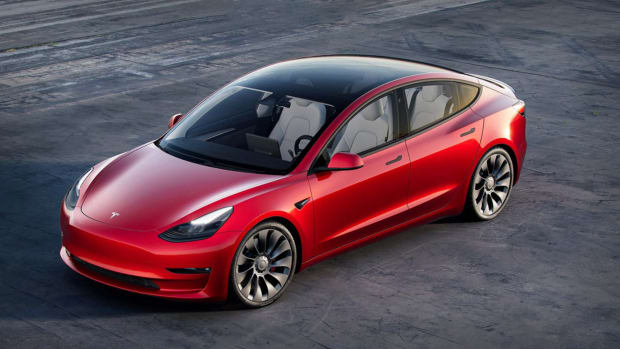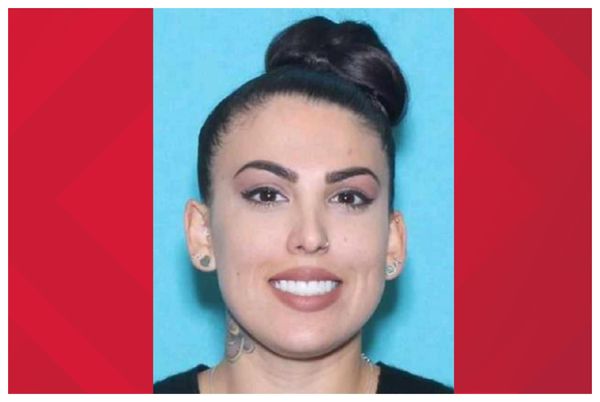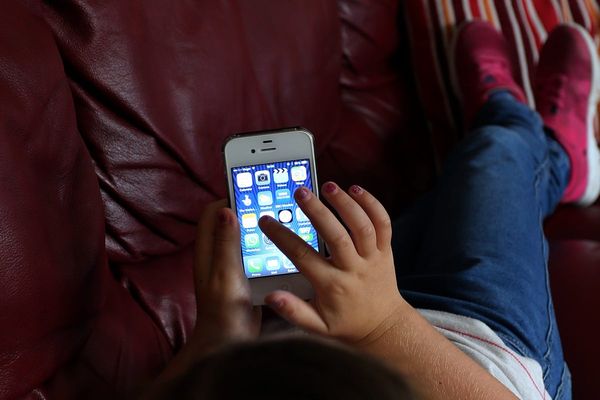In 2020, electric vehicle (EV) sales accounted for 2% of all car sales in the United States. That's a big number,“ as roughly 19 million cars get sold in the U.S. each year, but it's still only a tiny fraction of the total market.
EV sales have, of course, increased led by Tesla (TSLA) hitting around 1 million in annual global sales in 2021. The rest of the pure EV industry has a long way to go. Lucid (LCID) and Rivian (RIVN) have a long way to go until they can deliver tens of thousands of vehicles a year, let alone getting even close to a million.
And, of course, Ford (F), General Motors (GM), and the rest of the legacy auto industry have huge plans for their own electric vehicle sales. Eventually, EVs will dominate the market, but that's going to take at least a few more years (or maybe longer) but there's a huge roadblock to electric vehicle growth and Starbucks (SBUX) may solve it.
Electric Vehicles Needs to be Charged
The U.S. has more than 150,000 gas stations, according to the American Petroleum Institute.
That's a huge number and anyone who has ever driven a car knows that it's very rare you can't easily find a gas station. Even very rural parts of the country have more than enough gas stations making it possible to fill up pretty much anywhere making running out of gas not a major concern.
Electric cars need charging stations and the U.S. does not have enough of those. That's something that President Joe Biden wants to change.
In December 2021 U.S. Secretary of Energy Jennifer M. Granholm and U.S. Secretary of Transportation Pete Buttigieg signed a memorandum of understanding to create a Joint Office of Energy and Transportation to support the deployment of $7.5 billion from the President's Bipartisan Infrastructure Law to build out a national electric vehicle charging network.
That sounds nice, but governments move slowly, and the U.S. has a very divided government. Biden's Democratic party could lose control of Congress as soon as the mid-term election and recent history says that the bipartisan split will make building something as broad as a national EV charger network (despite there being a memo of understanding).

Image source: Tesla
Starbucks Could Solve Tesla and the EV Industry's Charging Problem
Charging an EV takes time. That time varies quite a bit depending upon the type of charger and the vehicle being charged. But, if you assume a generic charging station (rather than one of Tesla's dedicated Superchargers) it's somewhere between 20 minutes and an hour.
Imagine being able to pull up to a charger and then walk into a Starbucks to get a cup of coffee, grab something to eat, and maybe use a bathroom. That's a vision the coffee chain actually shares and it made its plans public at its annual investors' day.
"Beginning this summer, Volvo electric vehicle chargers, powered by ChargePoint, will be available at up to 15 Starbucks stores along a 1,350-mile route from the Colorado Rockies to the Starbucks Support Center (headquarters) in Seattle," the company shared in a press release.
And while those numbers are small, Starbucks has over 16,000 stores in the U.S. -- many of which are located in areas where chargers could be added.
"We know infrastructure is the primary reason customers hesitate or decide not to purchase an electric vehicle. By providing charging infrastructure customers can count on, we are hoping to remove that barrier with the added benefit of being able to order your favorite Starbucks beverage while you wait," the company added.
EV charging could be a revenue source for Starbucks, but it's more likely that the chain will use it to drive customer traffic and sales. It's very similar to the gas station/convenience store model where gas is actually a low-margin product. Starbucks could relatively quickly build out a charger network and that could be good for the coffee chain and Rivian, Lucid, Ford, GM, and anyone else in the EV space.







